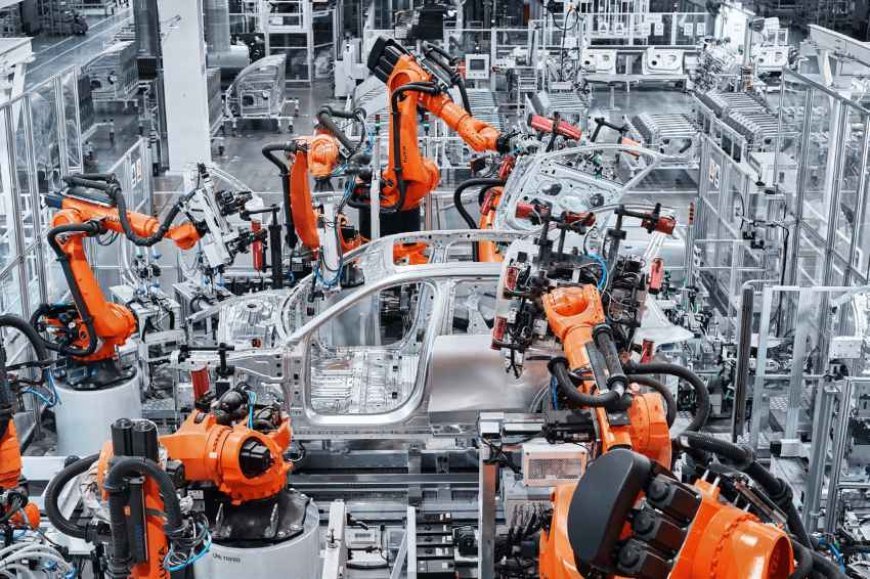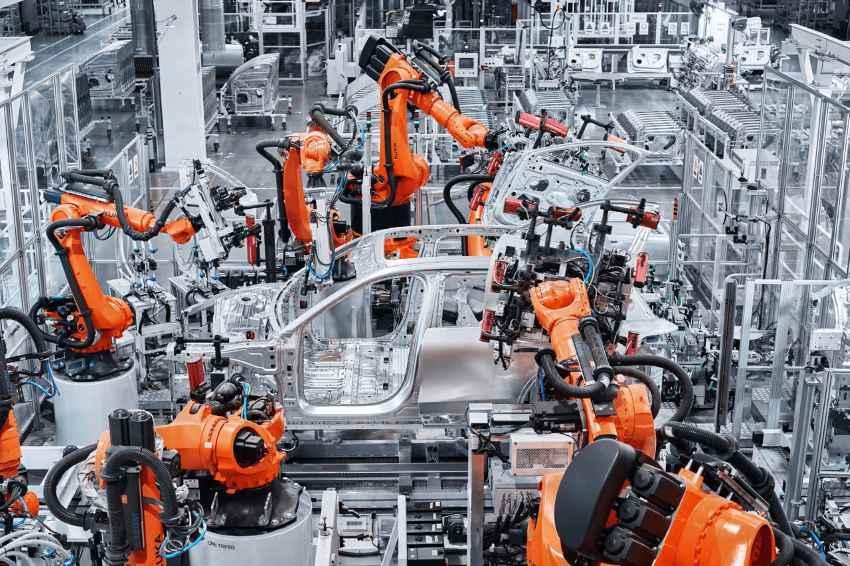Industrial Tourism: How China’s High-Tech Factory Tourism Is Transforming Beijing, Zhuhai, Hangzhou, And Shenzhen


China’s industrial tourism has swiftly developed into a distinctive segment of the tourism economy, repurposing cutting-edge production facilities and sophisticated manufacturing plants into sought-after cultural destinations. Through carefully curated itineraries, this emergent form of tourism affords participants a vivid window into the country’s technological evolution and engineering excellence, thereby reconstituting the established idea of the factory visit into a more polished and educational experience.
Xiaomi’s Electric Car Factory: Beijing’s New Tourist Attraction
Obtaining an entrance pass to Xiaomi’s electric vehicle manufacturing plant in suburban Beijing has become comparable to securing a highly coveted concert ticket. Recently, social media erupted with excitement as visitors shared their hard-earned confirmations after intense online application battles. With only a limited number of daily visitor slots, the competition for entry is incredibly fierce, reflecting the facility’s growing popularity as a tourist destination.
The factory tour experience has evolved dramatically from traditional perceptions of noisy, crowded spaces into streamlined, clean environments dominated by precision-driven robotic arms and autonomous robots. Xiaomi’s state-of-the-art plant offers guided tours through various manufacturing stages, from stamping and welding to painting and final assembly. Visitors now marvel at robotic machinery operating with micron-level accuracy and artificial intelligence directing robots to deliver essential components swiftly across the factory floor.
Rise of Industrial Disneyland in China
This phenomenon, popularly termed “industrial Disneyland”, has surged as smart manufacturing replaces traditional assembly lines. Although the idea of turning factories into tourist attractions was first introduced by Citroën in France during the 1950s and subsequently popularised by companies such as Boeing in the United States and Toyota in Japan, China’s approach uniquely integrates technological pride and cultural experiences.
Chinese citizens increasingly view these factories not merely as production sites but as national symbols showcasing China’s rapid technological advancement and innovation capabilities. Factories like those of Xiaomi and NIO, a leading domestic electric vehicle brand, have significantly contributed to this shift in public perception. NIO’s advanced manufacturing facility, opened for public tours since October 2023, attracted over 130,000 visitors in 2024 alone, including numerous international guests.
NIO and the Allure of Robotic Innovation
At NIO’s manufacturing base, visitors observe the assembly process from elevated corridors, providing an immersive experience while maintaining safety. The combination of robotics and advanced automation illustrates the precise and efficient production process, further deepening visitor fascination with modern industrial technology. These factory tours also offer visitors a deeper understanding of brand ethos, combining technological prowess with human-centric values.
Zhuhai’s Aerospace and Aviation Appeal
In the southern city of Zhuhai, Guangdong province, China’s industrial tourism takes flight at the AG600 amphibious aircraft assembly plant. The facility attracts approximately 40,000 visitors annually, especially younger generations, eager to witness China’s domestic technological accomplishments firsthand. The AG600, capable of rapid deployment in firefighting and rescue missions, symbolises China’s growing strength in aerospace innovation.
Robotics Tourism Thrives in Hangzhou
Hangzhou, known for innovation and technology in East China’s Zhejiang province, has established itself as a leading hub for robotics tourism. Companies like Unitree Robotics attract carefully curated groups eager to explore the cutting-edge applications of robotic technology. These tours provide insights into future-orientated technologies and inspire interest in engineering and innovation.
Eco-Tourism Meets Industry in Shenzhen
Shenzhen, another Guangdong city famous for economic dynamism, has transformed waste treatment facilities into unexpected tourism hotspots. Known as “eco parks”, these facilities captivate visitors through the impressive spectacle of industrial-scale recycling operations. Automated sorting halls, featuring giant hydraulic claws efficiently separating recyclables from waste, evoke satisfaction reminiscent of popular arcade crane games.
Government Efforts to Expand Industrial Tourism
The Chinese government recognises the potential of industrial tourism in driving economic growth and boosting domestic consumption. Cities such as Beijing have ambitious plans to establish multiple national-level industrial tourism demonstration bases by 2027, aiming to become leading destinations by 2029. Beijing’s tourism blueprint includes sectors such as autonomous driving, rocket science institutes, renewable energy facilities, and even research labs open to the public.
Shanghai plans to integrate emerging technologies, including artificial intelligence, blockchain, and the metaverse, enhancing visitor experiences through immersive storytelling. Similarly, Hunan province is set to utilise augmented reality (AR), virtual reality (VR), 5G, and holography to build captivating visitor experiences around industrial themes.
According to the Ministry of Culture and Tourism, several facilities have been officially recognised as national industrial tourism bases. These include the aerospace supercomputing centre in Hainan and Zhuzhou’s electric locomotive production line in Hunan province. Such developments underscore China’s strategic commitment to using industrial tourism as an essential tool for promoting scientific literacy and stimulating regional economies.
Transforming China’s Industrial Identity
China’s industrial tourism illustrates a distinctive convergence of technology, pedagogy, and leisure, fundamentally altering the profile of the nation’s industrial sector. Guests receive unrivalled entry to engineering feats that double as emblems of patriotic achievement and markers of international market prowess. Sustained state backing, paired with imaginative visitor interaction designs, portends the continued proliferation of this industrial Disneyland, assuring its stature as a leading and synergistic contributor to the global tourism circuit and the trajectory of technological advancement.
Image Credit: NIO Official Website
The post Industrial Tourism: How China’s High-Tech Factory Tourism Is Transforming Beijing, Zhuhai, Hangzhou, And Shenzhen appeared first on Travel And Tour World.






